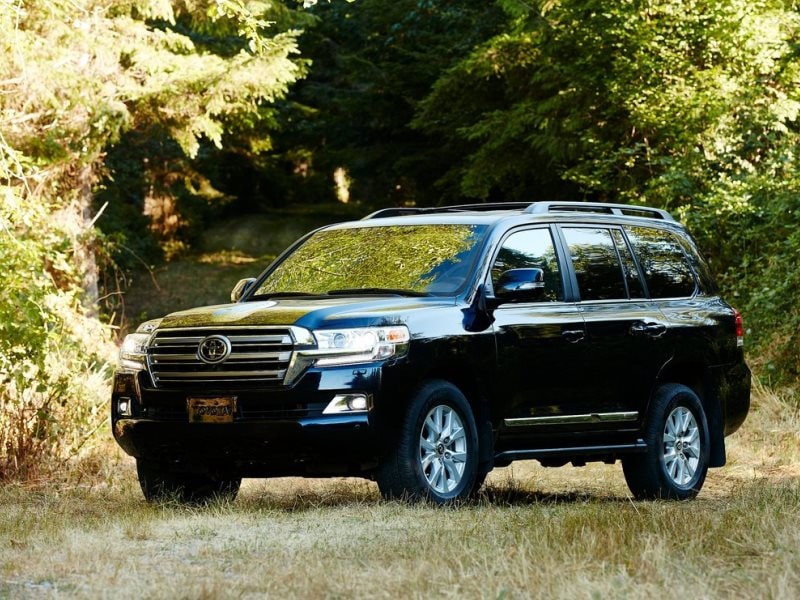Recent Articles
Popular Makes
Body Types
10 Japanese SUVs That Should Be on Your Shopping List
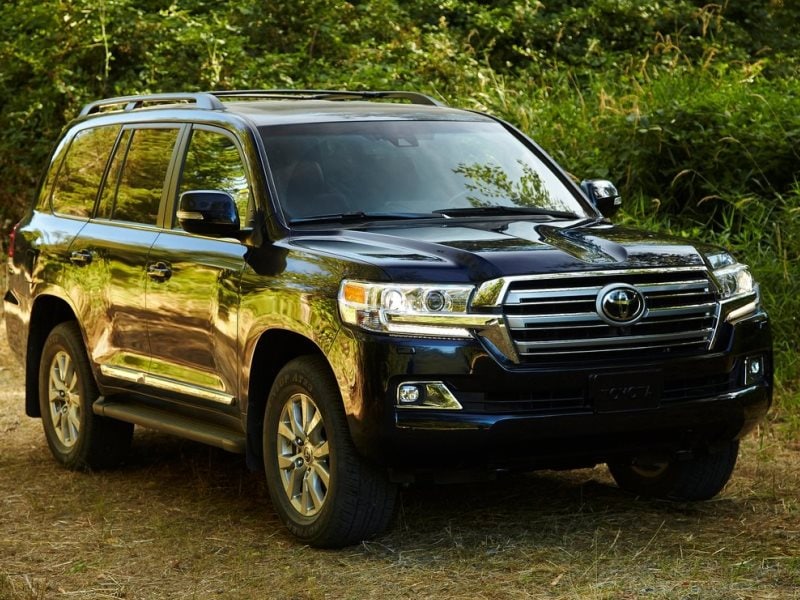
As automakers respond to the sizzling U.S. demand for crossovers and sport-utilities, there are now so many high-quality choices available that a single top-10 list would barely make a dent. Instead, we’ll go with an international strategy, covering some of the newest Japanese SUVs and crossovers here, with geographical criteria being based on each brand’s home country, not each vehicle’s production site—which, for a number of these vehicles, is in the United States.
Toyota RAV4
Facing intense competition in the compact crossover segment, Toyota has significantly refreshed its entry with extensive style and substance upgrades, and it also will launch a new hybrid model. The 2016 Toyota RAV4 Hybrid will rely on a 2.5-liter gas engine and two electric motors, including one for the rear axle that’s dedicated to providing on-demand all-wheel-drive capability.
In normal driving conditions, the vehicle operates in front-drive mode with more power than the gas-only RAV4 and what Toyota calls “by far” the best fuel economy ratings in the segment. On the other hand, those traditionally powered RAV4 models do share in the lineup’s other changes for the new selling season, such as a more premium cabin with more soft-touch materials, a 7-inch touchscreen for the display-audio system, and LED headlamps, daytime running lamps and taillamps. The 2016 RAV4 also will stand out from other Japanese SUVs with a sport-themed SE trim.
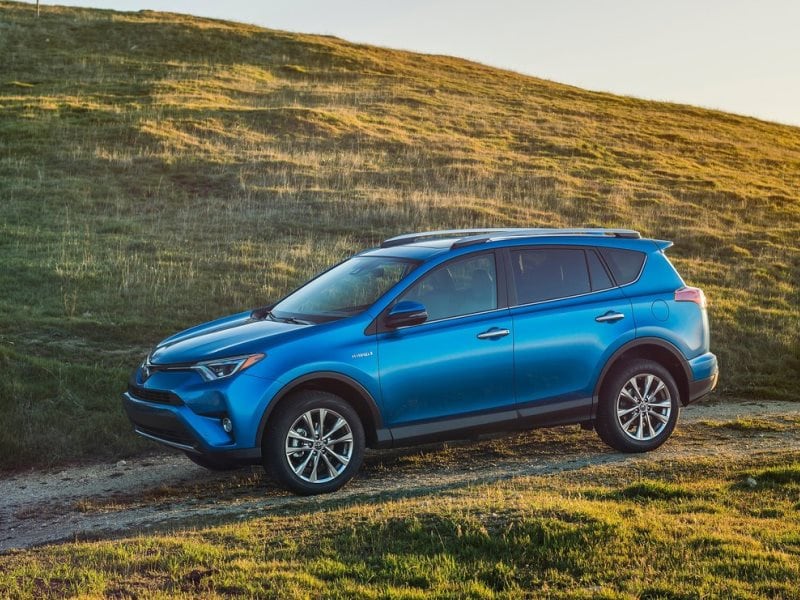
Lexus NX
The RX has long been a standard-bearer for Japanese luxury suvs, but now, with the 2016 Lexus NX, Toyota’s premium division is staking its claim in the compact class—complete with two sophisticated powertrains. The setup in the NX 200t features the brand’s first turbocharged engine, in the shape of a 2.0-liter, four-cylinder unit that deploys 235 horsepower and 258 lb.-ft. of torque. The NX 300h next serves up a hybrid propulsion system that can achieve EPA grades of 35 mpg city/31 mpg city/33 mpg combined.
Both also offer their own unique, high-tech all-wheel-drive systems: The NX turbo boasts Dynamic Torque Control, backed by an electromagnetically controlled coupling in the rear differential housing, and the latter leverages E-Four AWD, with an electric motor powering the rear axle when extra traction is required. And yes, both NX models can furnish typically Lexus-like luxuries and safety measures.
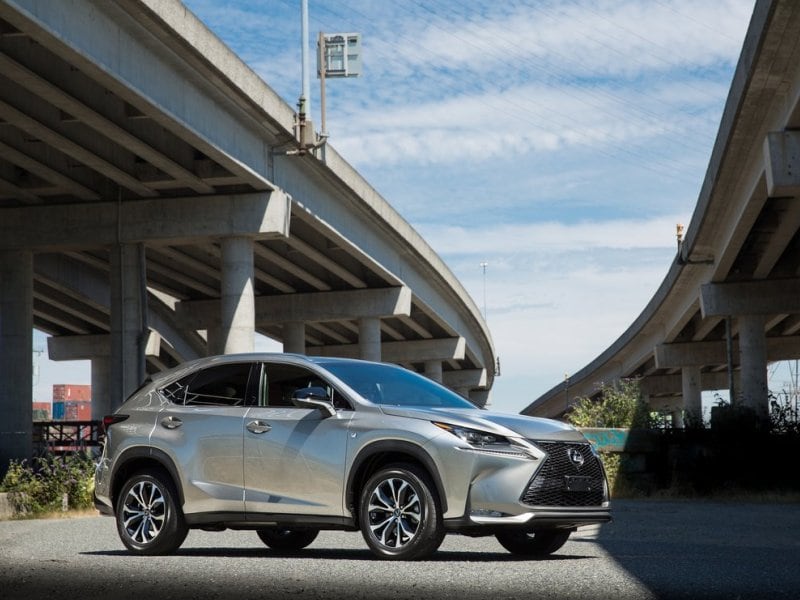
Nissan Pathfinder
A strong contender among three-row Japanese SUVs is the 2016 Nissan Pathfinder, which is especially well suited for families thanks to its second-row seating innovations. In the Pathfinder, that middle row not only slides fore and aft by 5.5 inches, it also has an exclusive 60/40 split configuration that allows second-row seats to tip forward, even with a child seat deployed, for easier access to the third row. That back row additionally reclines to provide a surprising level of comfort for passengers, and it was engineered with a 50/50 split to increase cabin flexibility.
All told, the Pathfinder supplies 173.8 cubic feet of interior volume for owners, along with EPA ratings of 20/27/23. It delivers plenty of driver-assistance measures, too, highlighted by a Nissan AroundView Monitor, blind-spot warning and rear cross-traffic alert, and it complements those technologies with a 5-Star Overall Safety Score from NHTSA.
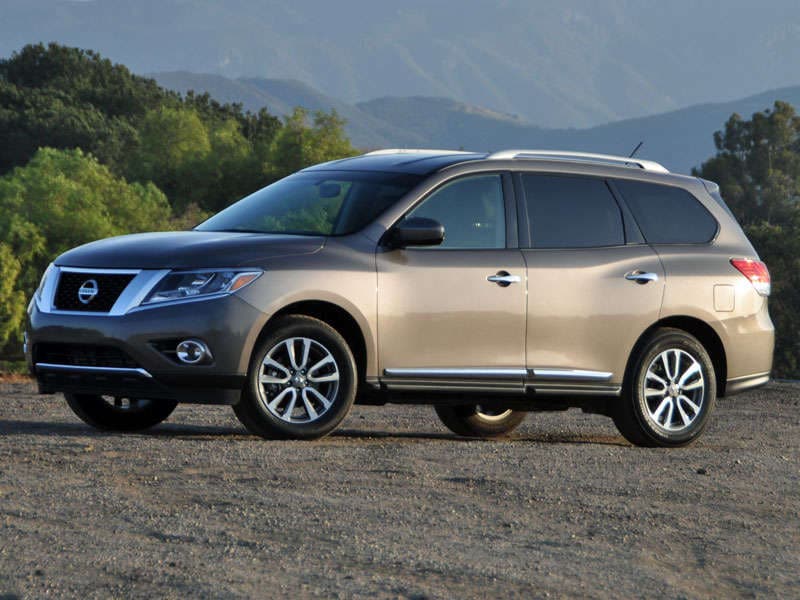
Photo by Christian Wardlaw
Infiniti QX50
As the list of popular Japanese SUVs grows, so has the 2016 Infiniti QX50. Engineers extended the wheelbase of this compact premium crossover by 3.2 inches, greatly expanding rear-seat legroom (by 4.3 inches), rear-seat knee room (by 3.9 inches) and overall interior volume (by 8.3 cubic feet). As a result, the 2016 QX50 matches up much better against its rivals in terms of size, while it also brings newly standard advantages like heated front seats, a powered moonroof, and some subtle design revisions.
Among them: a restyled rear fascia, a new design for the vehicle’s 19-inch wheels, and LED illumination for its daytime running lights, fog lights and mirror-mounted turn signal indicators. It’s also worth pointing out that Infiniti maintains its performance-oriented credibility by configuring the QX50 with a standard 325-horsepower V-6 and a rear-wheel-drive powertrain—although all-wheel-drive is available.
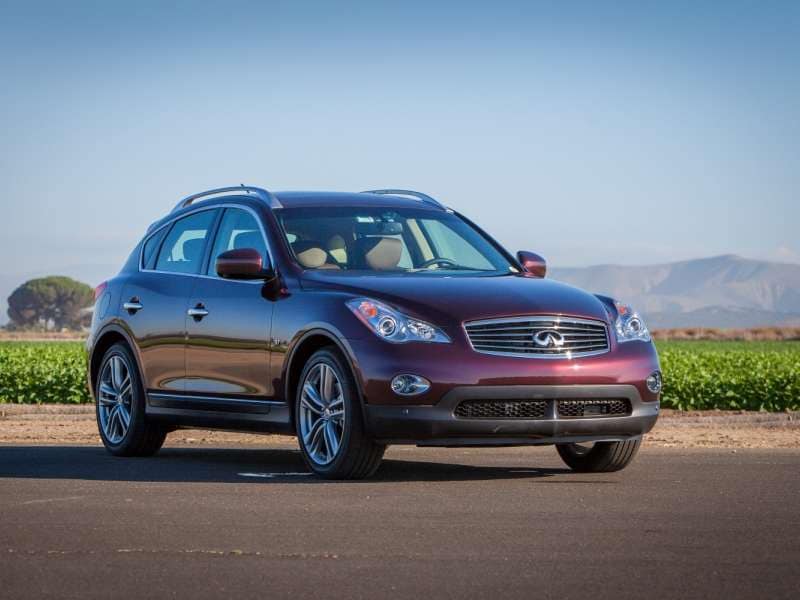
Honda HR-V
Customers looking for one of the smaller Japanese SUVs may want to start with the 2016 Honda HR-V. True, it’s not quite the tiniest “truck” from the Japanese Big Three—that would be the Nissan Juke—but it’s still a city-friendly subcompact that’s less than 170 inches long. Further, that extra 7 or so inches as compared to the Juke also brings a 64 percent more storage room, for a Honda total of 58.8 cubic feet. The HR-V also comes up big when it comes to standard and available features.
For instance, the vehicle’s MSRP of $19,115 covers a rearview camera with guidelines, Bluetooth HandsFreeLink technology, 17-inch aluminum-alloy wheels, LED taillights, and a display-audio system with four speakers, 160 watts of power and USB input. Then, in upper-trim models, shoppers can order heated front seats, leather-trimmed seating, all-wheel drive, Honda’s Satellite-Linked Navigation System and the Honda LaneWatch blind-spot feature.
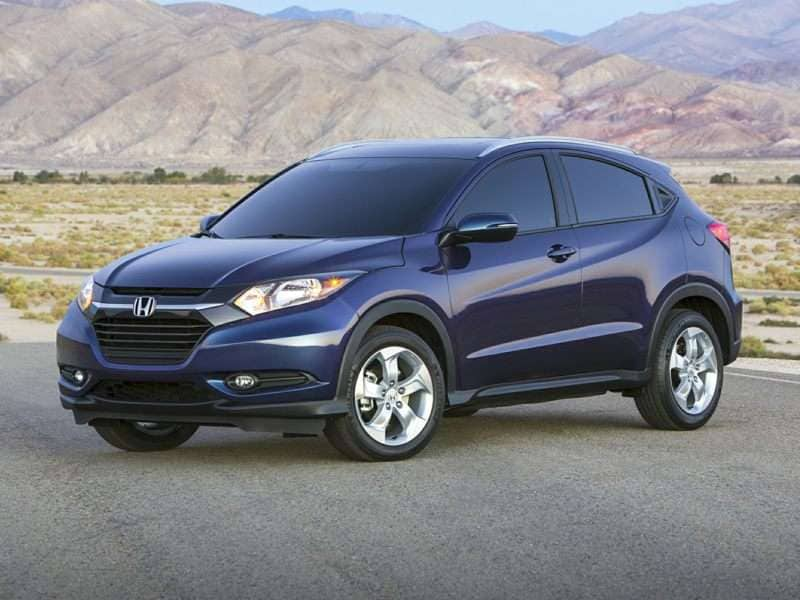
Photo by Honda
Acura MDX
The 2016 Acura MDX is clear evidence that Honda’s premium division is determined to recapture its reputation for cutting-edge engineering. In fact, it’s nearly as clear as the illumination from the vehicle’s standard “Jewel Eye” LED headlights. Of course, that kind of high-tech cue is just one among many in the MDX, and Acura’s mid-size, three-row crossover keeps adding more. One of the latest is an enhanced version of the brand’s signature Super Handling All-Wheel Drive (SH-AWD); the 2016 iteration of the system provides improved handling and torque-management functionality, courtesy of a new dual-clutch design.
Moreover, every MDX model welcomes Acura’s nine-speed automatic transmission and replace the traditional shifter with an electronic, push-button gear selector. The MDX also goes beyond many similar Japanese SUVs in its safety measures, since it supplies such features as the AcuraWatch blind-spot system and a new road-departure mitigation technology.
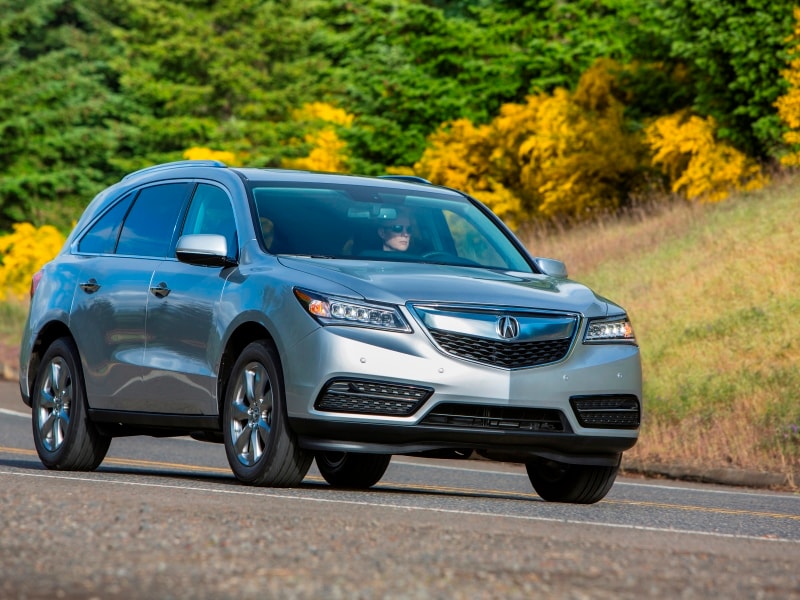
Mazda CX-5
Reflecting the popularity of both crossovers in general and the 2016 Mazda CX-5 in particular, the latter vehicle kicked off the new selling season as the Zoom-zoom brand’s bestseller. Nor is the compact SUV likely to vacate that position anytime soon. Indeed, after the CX-5 was refreshed for 2016, it should be more appealing than ever, and that’s really saying something, since the CX-5 also won its segment in the J.D. Power APEAL (Automotive Performance, Execution and Layout) Study.
Still, to improve on that performance, and remain in the vanguard of compact Japanese SUVs, the CX-5 has been fine-tuned from top to bottom, with a sharp focus on reducing noise, vibration and harshness within its detailed, premium cabin. Also boosting appeal for safety-minded shoppers are new high-tech driver-assistance measures such as adaptive cruise control and automatic brake support.
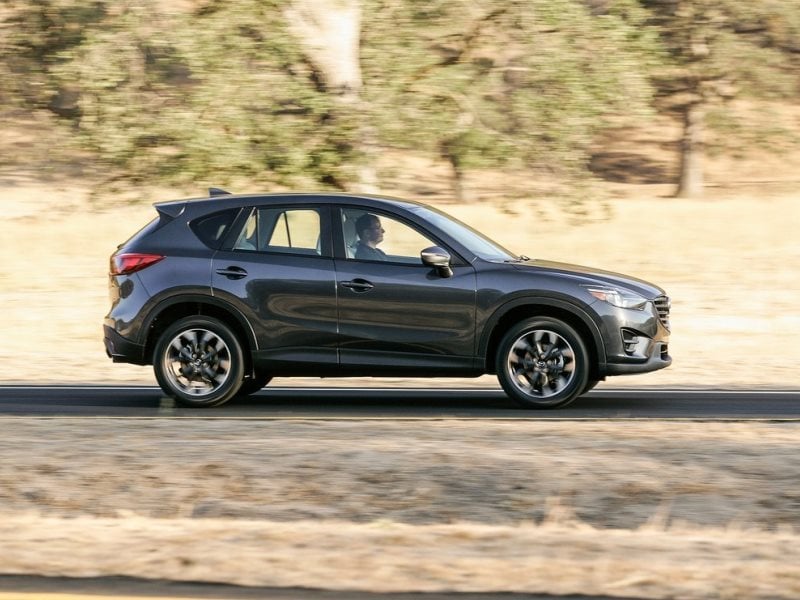
Mitsubishi Outlander
For the 2016 Mitsubishi Outlander, subtracting $200 from its starting price, then factoring in extra standard content, adds up to a nice increase in value for customers. It all begins with a thorough engineering upgrade for a more refined driving experience; those adjustments are further bolstered by the debut of Mitsubishi’s next-gen continuously variable transmission, which was designed for better acceleration and feel; and the changes extend to the introduction of Mitsubishi’s modernized design language.
As seen on the Outlander, that means an MSRP of $22,995 and standard premium style touches like LED positioning lights and taillights, 18-inch alloy wheels, and a noticeably more comfortable cabin. The brand has a high-value approach to safety as well, lowering the price point in 2016 for features like forward-collision mitigation, lane-departure warning and adaptive cruise control—technologies missing entirely from some Japanese SUVs. Finally, both four- and six-cylinder engines are available to motivate this Mitsubishi.
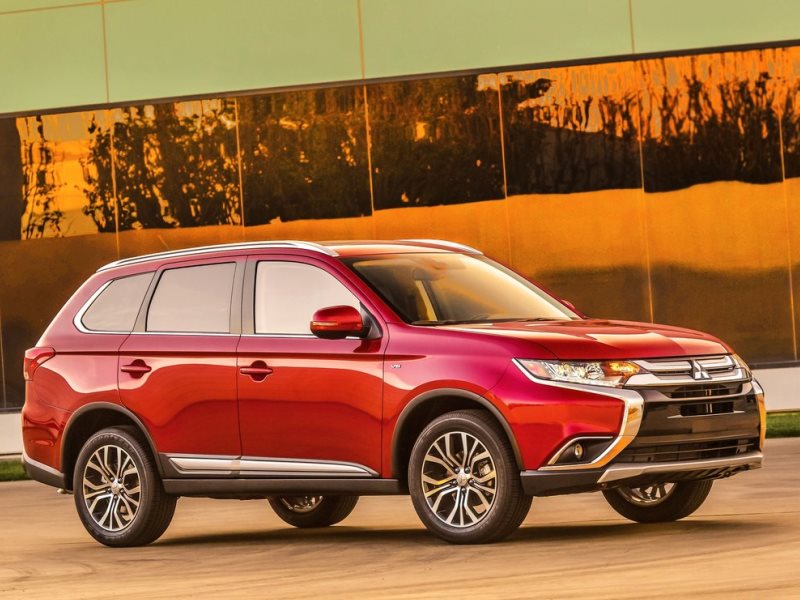
Subaru Forester
Subaru distinguishes itself from the rest of the Japanese SUVs—and the rest of the industry as well—by furnishing standard all-wheel drive on all of its sport-utilities. However, the 2016 Subaru Forester isn’t just sure-footed, it’s also sure to attract folks looking for comprehensive safety in a compact crossover. That’s where Subaru’s Eye Sight system comes into play. It enables adaptive cruise control, automatic pre-collision braking and lane-departure warning, as do many Subaru competitors, but because Eye Sight “sees” using stereo-camera technology, the brand reports that it covers “a detection angle wider than that of radar-based systems.”
The Forester also ups the occupant-protection ante for 2016 with Steering-Responsive Fog Lights, developed to shine extra illumination in the same direction in which the vehicle is turning, and standard Starlink infotainment system with hands-free capability, so drivers can keep their eyes on the road and their hands on the steering wheel.
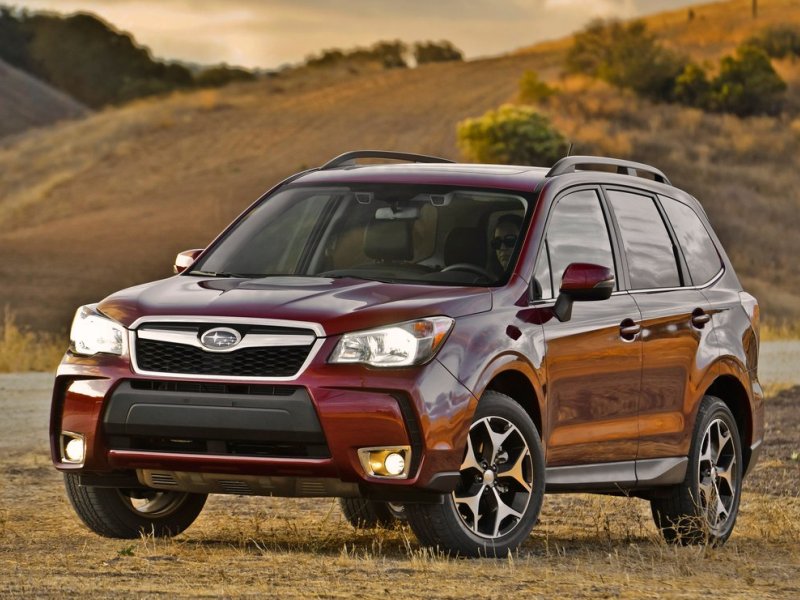
Toyota Land Cruiser
A few body-on-frame Japanese SUVs do remain on sale in this country, led by perhaps the granddaddy of them all, the 2016 Toyota Land Cruiser. Only this isn’t your grandfather’s sport-utility. Yes, it’s kitted out with a standard 381-horsepower V8, Toyota’s Kinetic Dynamic Suspension System and a robust, full-time four-wheel-drive powertrain with a two-speed transfer case, crawl control, limited-slip locking center differential, and Toyota’s Active Traction Control. It can even tow up to 8,500 lbs. (when properly equipped). But the 2016 edition also is the most luxurious Land Cruiser yet, treating owners to standard amenities like heated and ventilated front seats, a 14-speaker JBL audio system, a dual-screen rear-seat entertainment center with two 11.6-inch displays, and a coolable storage bin. Just remember that the Land Cruiser’s fuel-economy ratings aren’t quite so leading edge: Its EPA ratings top out at 13 mpg city/18 mpg highway/15 mpg combined.
